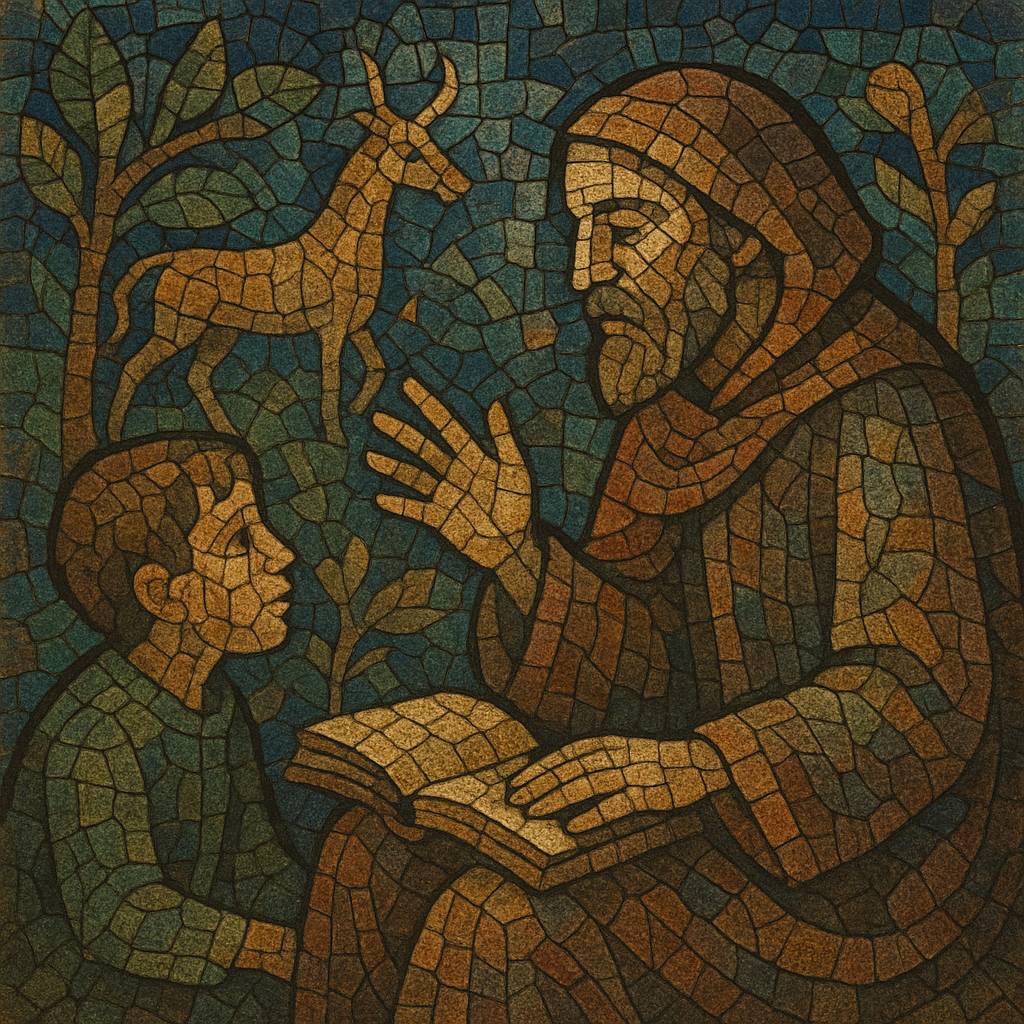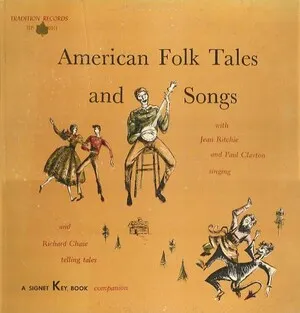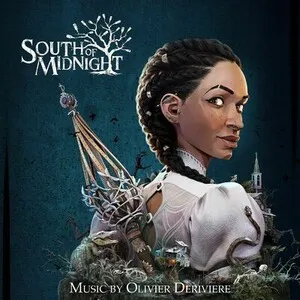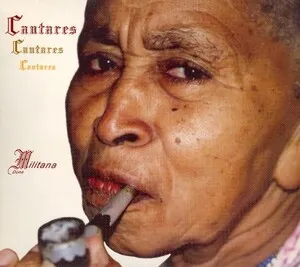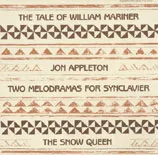Folktales is a narrative-focused audio genre rooted in traditional oral storytelling. Performances typically feature a single narrator delivering culturally transmitted stories—myths, legends, trickster tales, and wonder tales—often with minimal or no musical accompaniment.
Unlike literary fairy tales, folktales arise from communal authorship and evolve through retellings. In recorded form, they emphasize voice, pacing, formulaic openings and closings, repetition, and audience engagement. While many releases target children, folktale recordings also serve adult audiences, preserving dialects, proverbs, and worldview across communities.
Folktales predate written literature and developed in every culture as a way to transmit values, history, and entertainment. The tales were shaped by communal memory, with storytellers adapting plots and motifs to local contexts and audiences.
The modern shape of the genre as a cataloged corpus took hold in the 1800s, when collectors such as the Brothers Grimm, Alexander Afanasyev, Andrew Lang, and Joseph Jacobs compiled regional stories. Scholarly systems like the Aarne–Thompson–Uther (ATU) index formalized tale types and motifs, influencing how performers and publishers organized recordings and retellings.
With the advent of phonograph discs and later radio in the early 20th century, oral storytelling entered new media. Public radio, school libraries, and educational labels issued folktale LPs and cassettes, while live storytellers brought the form to festivals and classrooms. Radio drama and children’s audio drew narrative techniques (openings, refrains, cliffhangers) from folktales, expanding their reach.
Today, folktales thrive in podcasts, audiobooks, and festival recordings. Cultural bearers, educators, and professional storytellers use the medium to preserve endangered languages, introduce world cultures, and encourage literacy. Ethical retelling—crediting sources, respecting cultural protocols, and avoiding stereotypes—has become central to contemporary practice.

